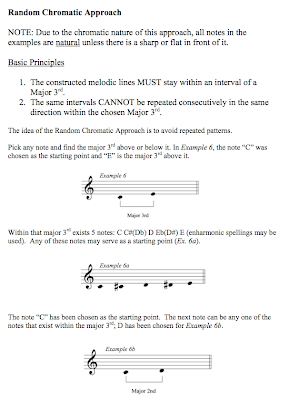Doron Orenstein over at Best.Saxophone.Website.Ever. has put together a package of six different lessons with some of the top saxophone teachers in the country. What Doron did was to set up Skype lessons with these teachers and then record them, probably with something like Audio Hijack Pro. There are roughly six hours of lessons and two PDF supplements in which Doron has done an excellent job of summarizing the concepts and exercises from the lessons.

The lessons focus mostly on saxophone specific issues like breathing, embouchure, throat position, tonguing, articulation, intonation, and technique. I haven't listened to all of the lessons, but those I did check out were very good. A couple of my students bought the package and they both had major breakthroughs, one in regards to pitch and the other had a major improvement in sound. Despite Doron's penchant for hyperbole there is a lot of really great information in these lessons. I can't remember seeing anything that focused as much on just the mechanics of playing the horn.
I would have to say it's a great deal to get six hours of recorded lessons for less than the price of one with a live teacher. The cost of BPSP is $44.95 for all the audio and the PDF book, $34.95 for just the audio, and $14.95 for just the PDF book. Doron also offers a 100% money back, no questions asked guarantee. You really have nothing to lose except bad saxophone playing.
Bulletproof Saxophone Playing

The lessons focus mostly on saxophone specific issues like breathing, embouchure, throat position, tonguing, articulation, intonation, and technique. I haven't listened to all of the lessons, but those I did check out were very good. A couple of my students bought the package and they both had major breakthroughs, one in regards to pitch and the other had a major improvement in sound. Despite Doron's penchant for hyperbole there is a lot of really great information in these lessons. I can't remember seeing anything that focused as much on just the mechanics of playing the horn.
I would have to say it's a great deal to get six hours of recorded lessons for less than the price of one with a live teacher. The cost of BPSP is $44.95 for all the audio and the PDF book, $34.95 for just the audio, and $14.95 for just the PDF book. Doron also offers a 100% money back, no questions asked guarantee. You really have nothing to lose except bad saxophone playing.
Bulletproof Saxophone Playing






















